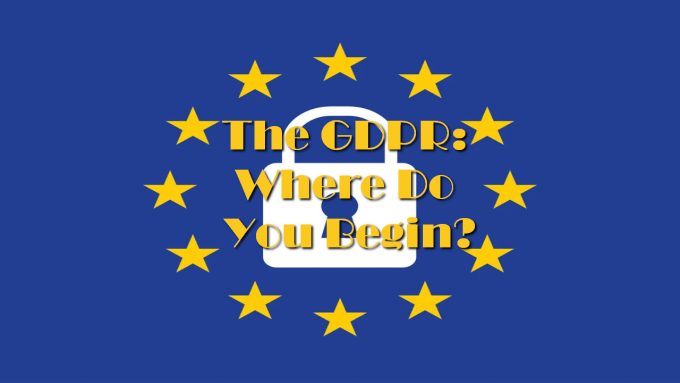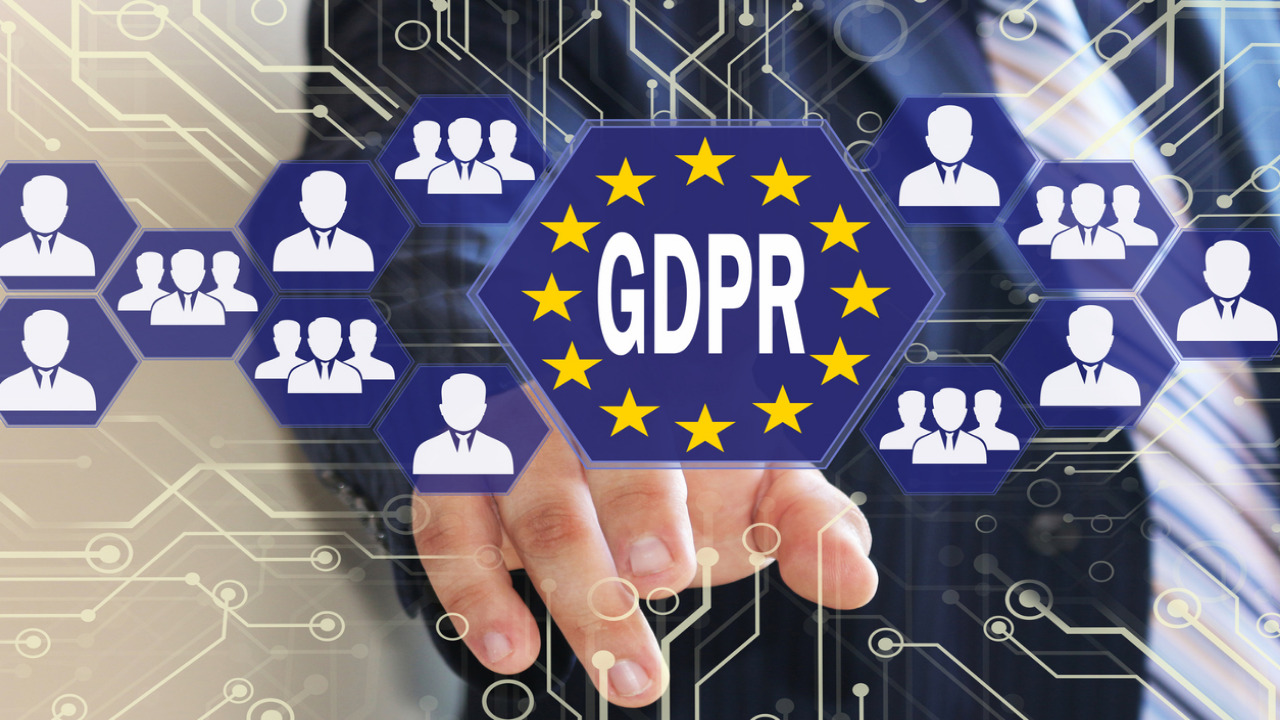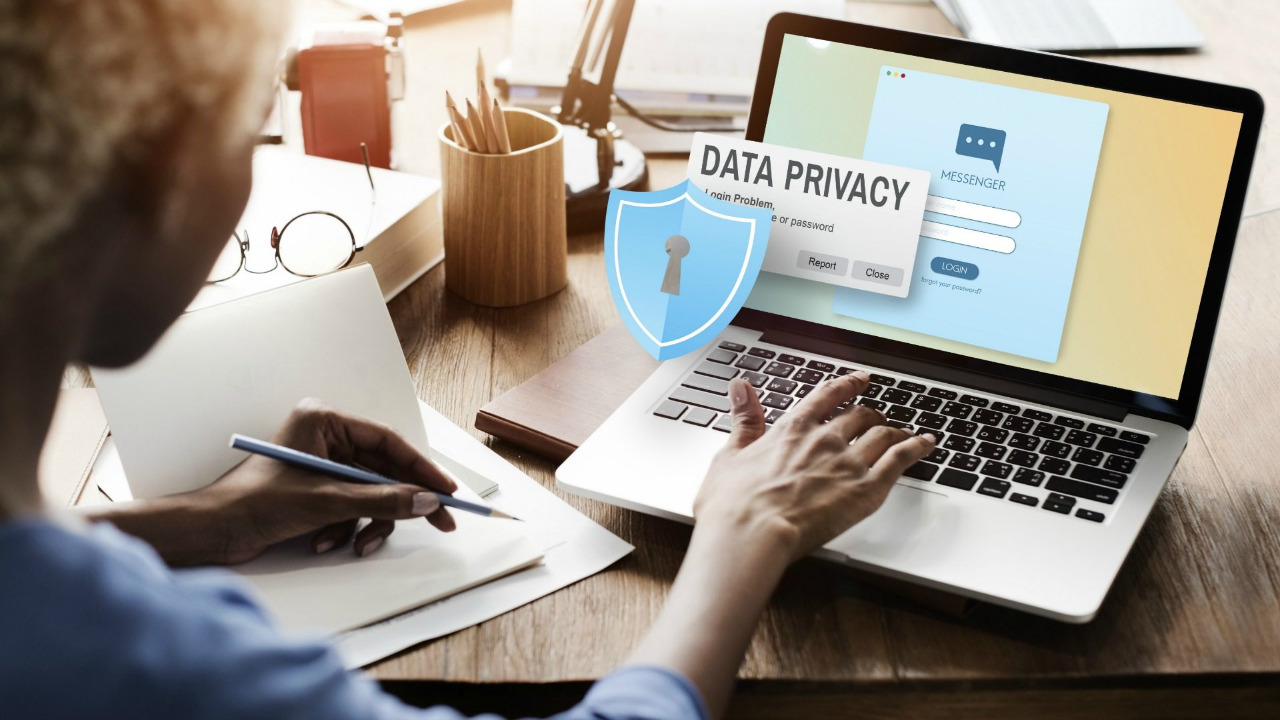
Now you will take a profound look at the new EU General Data Protection Regulation (GDPR). The law was introduced in 2018 and has already had a huge impact on businesses across Europe. If you haven’t started preparing for the changes yet, now is the time to start.
The GDPR is designed to provide people with a better understanding and awareness of how their personal data is kept and ensure companies respect privacy rights (Ethyca Privacy by Design). This means that they should only collect information that is necessary for them to provide services or sell goods. They also need to take reasonable steps to secure customer data from unauthorized access. The GDPR applies to anyone who processes personal data within the European Union. Companies that operate outside the EU but offer services to customers in the EU will likely fall under its regulations. For example, if you run a blog and post articles about travel destinations, then you would be subject to the GDPR.
How GDPR Affects Foreign Companies

With the General Data Protection Regulation (GDPR) now in effect, companies across Europe are scrambling to comply with new rules designed to give consumers greater control over their privacy. The regulations apply to anyone who processes or stores data from EU citizens, regardless of where they live. The European Union has long sought to harmonize its privacy laws with those of other countries. Companies that neglect to comply risk fines in the amount of 4% of global revenue within a year or €20 million ($23 million), whichever is higher. This means that even small businesses can face significant financial penalties.
Tips on How to Begin Preparing for the GDPR

In 2018, the General Data Protection Regulation (GDPR) became relevant across Europe. The GDPR was created to protect individuals’ personal information and give consumers greater control over how their data is used. This article provides some tips on how to begin preparing for the GDPR.
Understand What Personal Information Is
Personal information is anything that identifies you, including things like your name, address, email address, phone number, date of birth, gender, and medical records.
Know How Much Personal Information You Have Collected

You must collect only the minimum amount of personal information necessary to provide the service requested. For example, when you apply for a mortgage, you may need to provide your name, address, employment status, income level, and bank statements. However, you shouldn’t ask for sensitive information, such as Social Security numbers, health insurance details, or credit card numbers.
Identify Which Types of Personal Information Are Being Collected
Under the GDPR, organizations must identify all the different categories of personal information collected. These categories include:
– Name
– Contact information
– Financial information
– Health information
– Biometric information
– Location information
– Usage information
– Other information
Some Tips to Help You Understand the Requirements of the General Data Protection Regulation

The GDPR was developed to protect individuals’ rights when it comes to personal information. It applies to all organizations processing EU residents’ personal data, regardless of location. Organizations must comply with the regulations within six months of coming into force. Failure to comply may result in fines of €20M or 4% of global revenue within a year.
This article provides some tips to help you understand the requirements of the General Data Protection Regulation.
Know What Personal Information Is Collected
Personal information is anything that identifies you or can be used to identify you. Examples include name, address, date of birth, email address, phone number, IP address, and Social Security Number.
Organizations collect personal information to provide products and services to customers. They also collect personal information to conduct research and analysis. For example, they may ask you to complete surveys so they can learn more about your interests and preferences.
Understand How the Organization Uses the Personal Information
Understand how the organization uses the personal information collected. Are they collecting it for internal purposes only? Or are they sharing it with third parties?
For example, if you’re applying for a job, you’ll likely be asked to provide contact details, including your email address. However, if the company shares your email address with another company, that company may sell your email address to others.
Understand Who Has Access to the Personal Information
Know who has access to the personal information collected. Does the organization share it internally? With partners? To whom does it disclose it?
Understand How the Organization Protects the Personal Information
Learn how the organization protects the personal information collected. For example, does it encrypt it? Store it securely? Use secure servers?
Understand How the Organization Discloses the Personal Information
Learn what happens to personal information after collection. Will it be shared with third parties? Sold? Shared with affiliates? Used for advertising purposes?